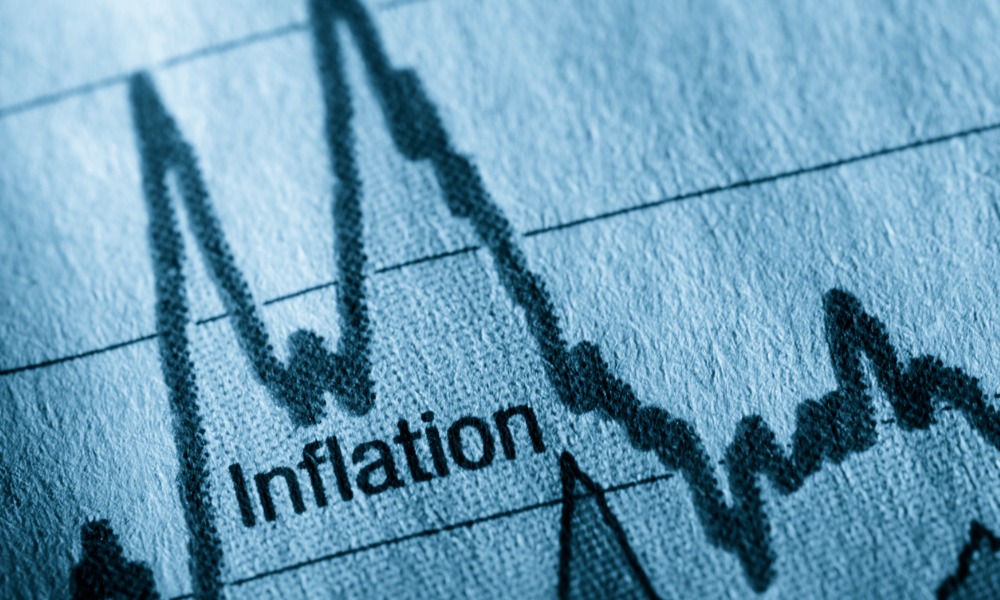The Federal Reserve highlights inflation progress and rising unemployment, suggesting a potential rate cut

The Federal Reserve indicated on Wednesday that it has made notable progress in reducing inflation towards its 2 percent target, according to BNN Bloomberg.
This development suggests the central bank may soon cut its key interest rate for the first time in four years.
In a statement following its two-day meeting, the Fed highlighted that “job gains have moderated” and acknowledged an increase in the unemployment rate.
The Fed, mandated by Congress to ensure stable prices and maximum employment, emphasized its attentiveness to the risks associated with both objectives. This marks a significant shift from its recent focus solely on combating inflation.
With a greater emphasis on employment and cooling inflation, the likelihood of a rate cut in the coming months has increased.
Despite calls from many Democratic officials and some economists to lower rates to support the economy and prevent job losses, Fed policymakers chose to maintain the key rate at a 23-year high of 5.3 percent.
Republicans, including former President Donald Trump, argue that a rate cut before the election might appear politically motivated.
During a news conference, Fed Chair Jerome Powell mentioned that if inflation continues to cool, “a rate cut could be on the table in the September meeting.”
He added, “We’re getting closer to the point at which it’ll be appropriate to reduce our policy rate, but we’re not quite at that point.”
Prior to the Fed's decision, financial market traders had fully anticipated a rate reduction at the September 17-18 meeting, according to futures markets. The Fed typically aims to avoid surprising investors with its rate decisions.
Following the announcement, stocks rose slightly, and Treasury yields eased. The S&P 500 was up 2 percent around 3:10 pm ET.
The Federal Reserve is striving to balance keeping rates high enough to control inflation, which has decreased to 2.5 percent from a peak of 7.1 percent two years ago, while avoiding a recession.
So far, the economy appears to be on track for a “soft landing,” where inflation falls to 2 percent without triggering a recession.
However, with the unemployment rate rising for three consecutive months, some economists believe the Fed should have already cut rates or should do so more swiftly.
Bharat Ramamurti, an advisor at the American Economic Liberties Project, warned, “The finish line is in sight and it would be tragic for the Fed to stumble and fall, with one-tenth of a mile left in the marathon, which is what I think they would be doing if they don’t start cutting.”
Additionally, three Democratic senators, led by Elizabeth Warren of Massachusetts, urged Powell in a letter to cut rates, arguing that failing to reduce borrowing costs soon would imply the Fed is yielding to political pressure.
In positive news for inflation, the government reported last Friday that yearly inflation fell to 2.5 percent in July, down from 2.6 percent the previous month and the lowest since February 2021.
Meanwhile, the unemployment rate has increased by nearly half a percentage point this year to 4.1 percent, and hiring has slowed. Powell and other Fed officials have expressed concern about the risk of a faltering job market, adding to expectations of imminent rate cuts.
The government will release the latest jobs numbers this Friday, with economists predicting an addition of 175,000 jobs in July, while the unemployment rate is expected to remain at 4.1 percent.



